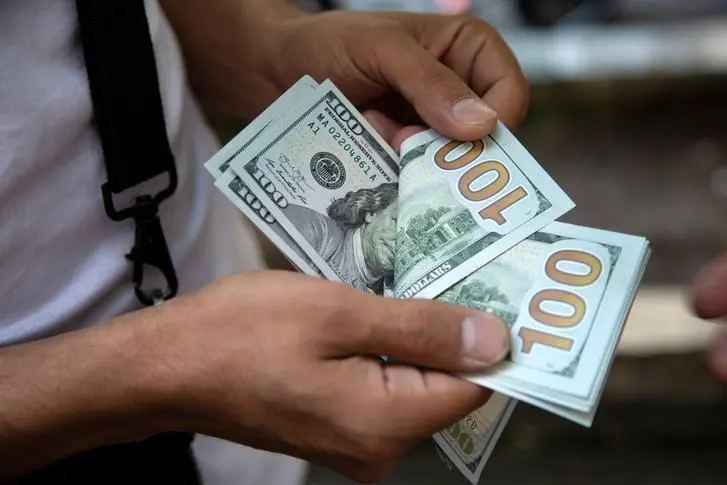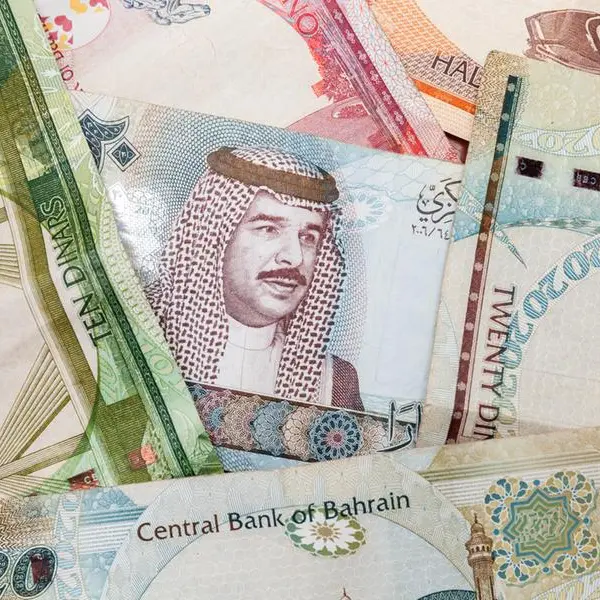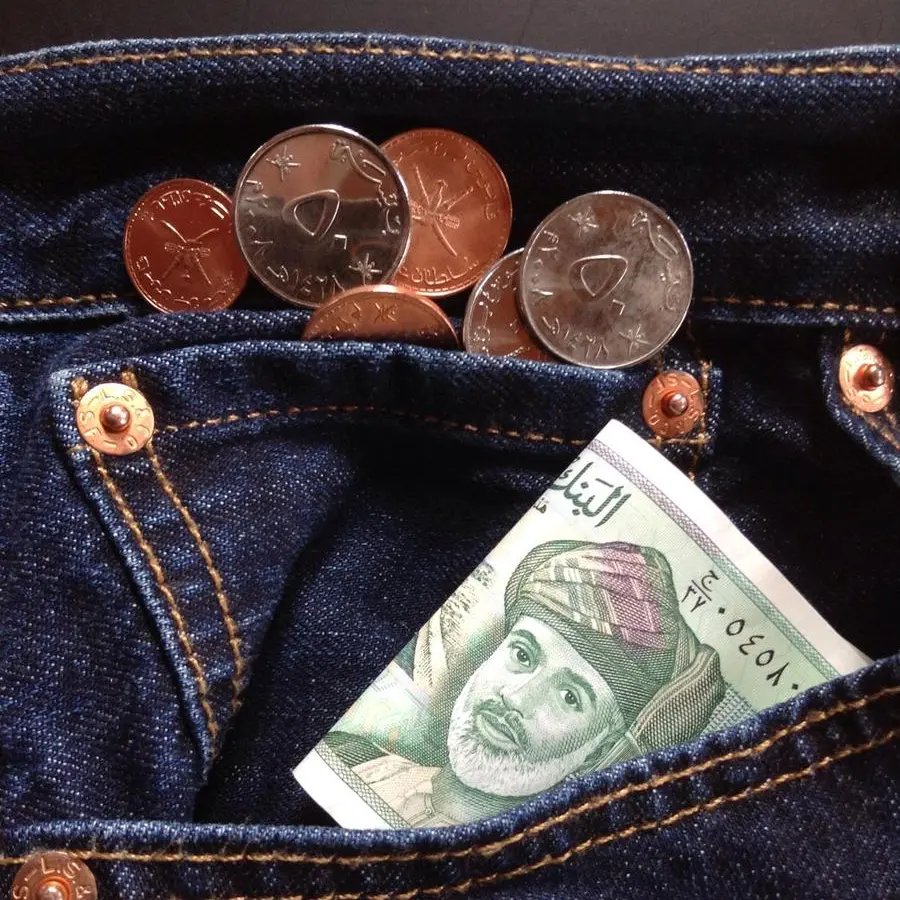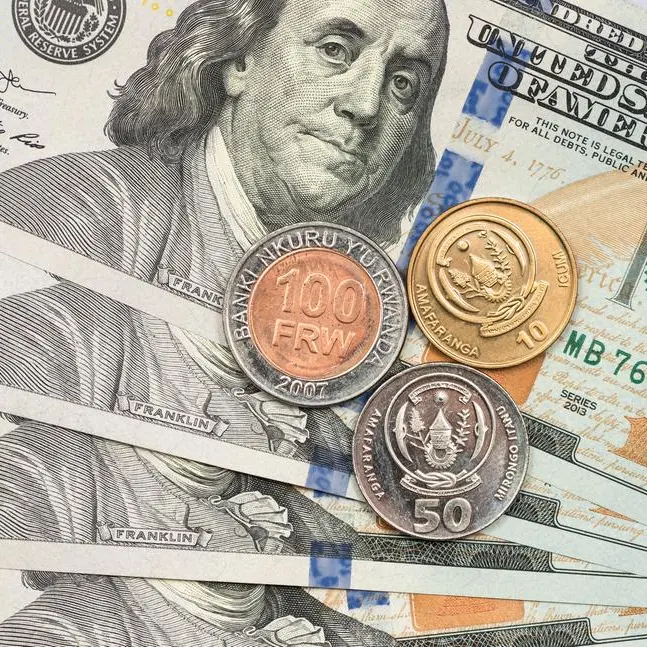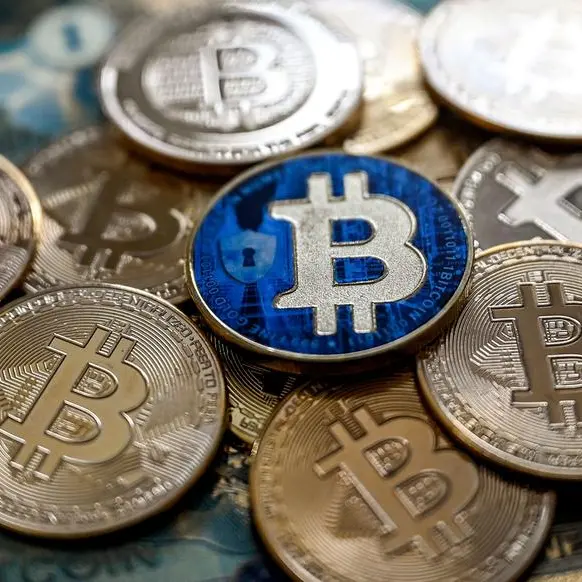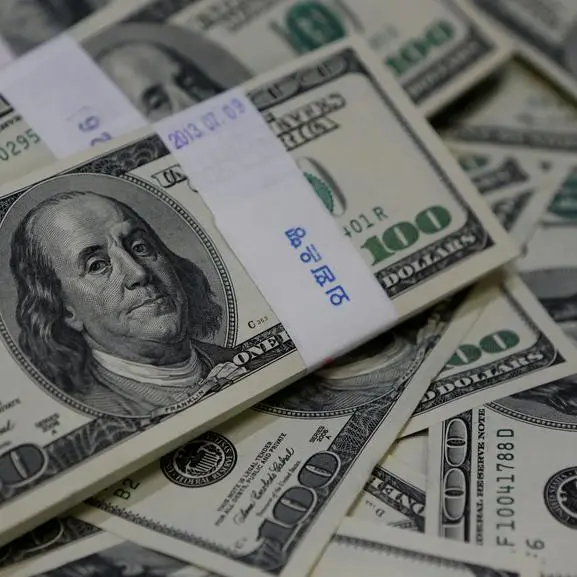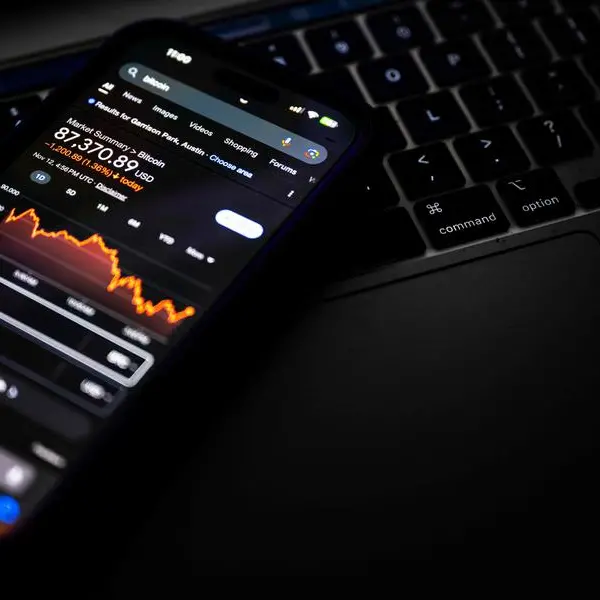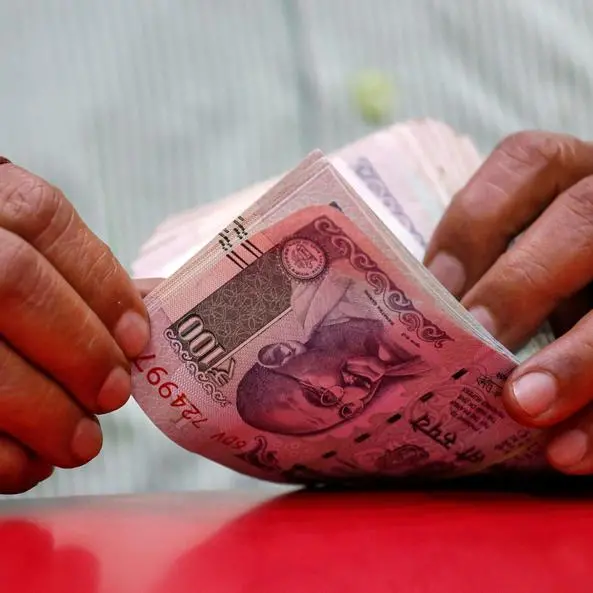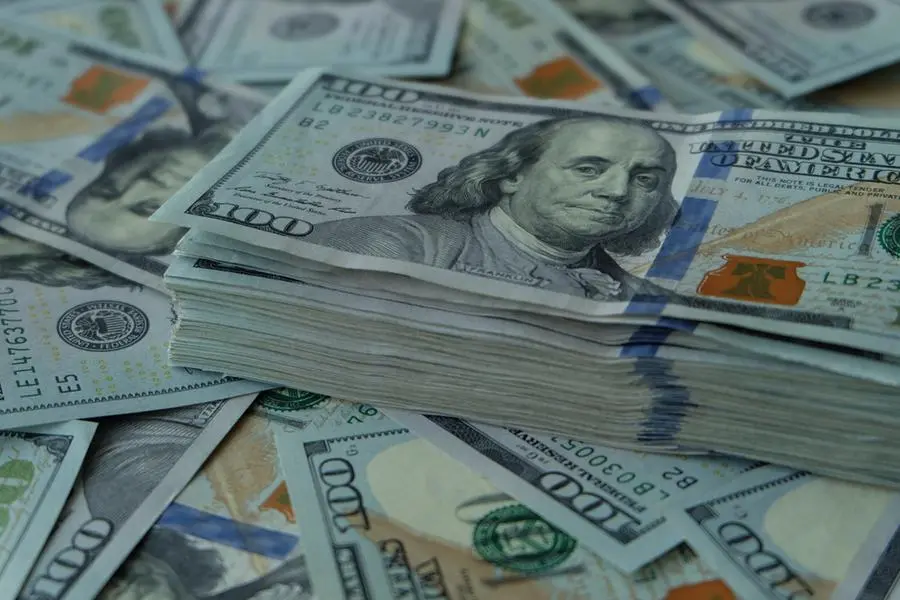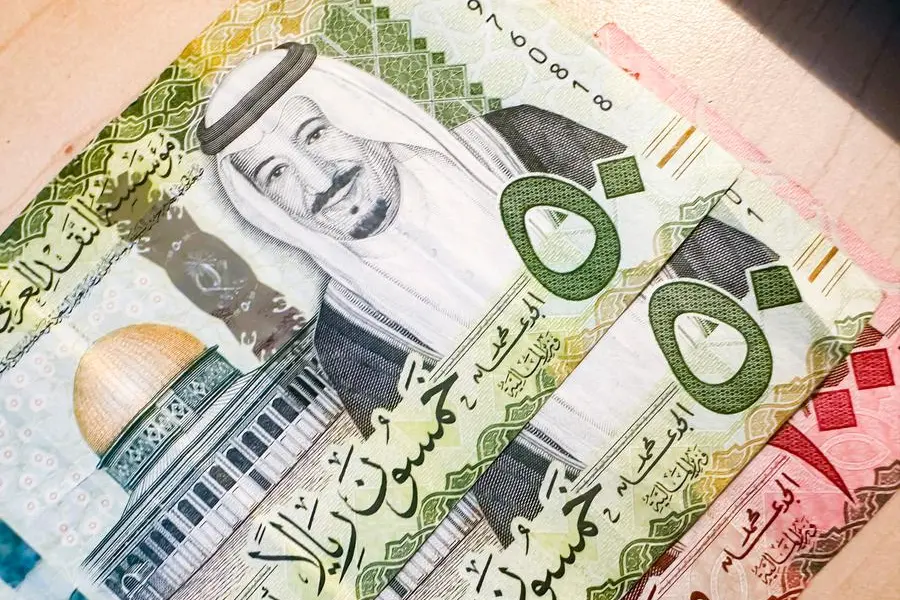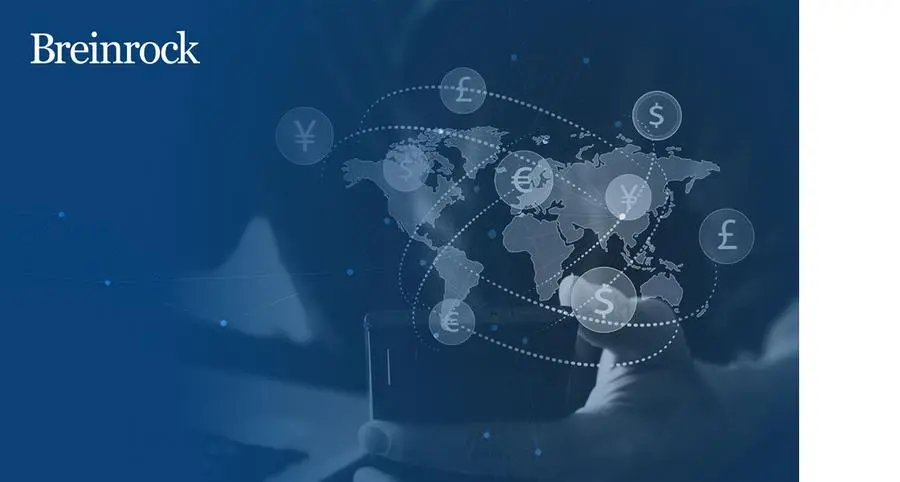PHOTO
TOKYO - The dollar climbed to a fresh two-decade peak to the yen on Wednesday, buoyed by more Federal Reserve officials pushing for sizeable interest rate hikes, while the Bank of Japan stepped into the market again to defend its ultra-low rate policy.
The greenback reached 129.43 yen for the first time since April 2002 before last trading 0.3% higher at 129.295.
Minneapolis Fed President Neel Kashkari, among the more dovish Federal Open Market Committee members, said on Tuesday that if global supply chain disruptions persist, policymakers will need to take even more aggressive action to bring down inflation.
Earlier, Chicago Fed President Charles Evans, who is not a voter on this year's FOMC, said he is "comfortable" with a round of rate hikes this year that includes two 50 basis-point increases, marking an about face from just a month ago.
U.S. Treasury yields pushed higher, and continued their climb in Tokyo trading, with 10-year yields touching 2.981% for the first time since December 2018.
In contrast to the Fed, the BOJ again offered to buy unlimited amounts of Japanese government bonds on Wednesday to rein in the rise in Japanese 10-year yields, which were butting against its 0.25% tolerance ceiling.
The policy divergence has led many analysts to say the yen's rapid descent is not unjustified, even as it raises risks for currency intervention.
Japanese Finance Minister Shunichi Suzuki made the most explicit warning yet on Tuesday, saying the damage to the economy from a weakening currency at present is greater than the benefits from it.
"Amid the ongoing rise in U.S. Treasury yields, actions clearly speak louder than words," with Suzuki's comments "thus continuing to go unheeded," Ray Attrill, head of foreign-exchange strategy at National Australia Bank, wrote in a client note.
"Incoming Fed speak has done nothing to detract from the ongoing bond sell-off."
The dollar index, which measures the currency against six major peers including the yen, edged slightly higher to 101.01, staying above the 101 line and earlier matching Tuesday's high at 101.03, a level not seen since March 2020.
The greenback touched 0.95305 franc for the first time since June 2020 before changing hands 0.06% stronger at 0.95275.
The euro traded flat at $1.0788, staying not far from last week's low of $1.0758, the weakest in about two years.
Elsewhere, China surprisingly kept its benchmark lending rates for corporates and households steady on Wednesday, going against the global trend of monetary tightening as major economies battle inflation.
The Chinese yuan hit its weakest level since October 2021 at 6.4115 to the dollar.
(Editing by Jacqueline Wong)
